In 2024, Vietnam's economy has gone 3/4 of the way in the context of the world economy gradually recovering but unstable, facing many risks and uncertainties. The past nine months have witnessed our country's economy gradually recovering, with signs of improvement each quarter, although there were months when the recovery was quite fragile, businesses had to face many difficulties and challenges.
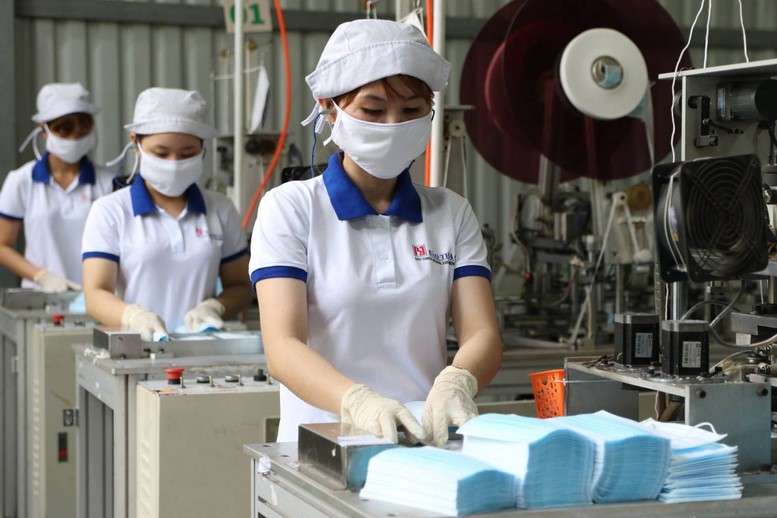
Business situation is better every quarter
The situation of enterprises entering and exiting the market has shown quite positive signals in each quarter. In the first quarter of 2024, the number of enterprises entering the market was only 0.8 times the number of enterprises withdrawing from the market; this index of 6 months has reversed, with the number of enterprises entering the market being 1.08 times the number of enterprises withdrawing from the market; by 9 months, the index of enterprises entering the market was 1.11 times the number of enterprises withdrawing from the market.
In 9 months, on average, 20.3 thousand new businesses were established and returned to operation each month, however, 18.2 thousand businesses also withdrew from the market.
Notably, of the total 121.9 thousand newly established enterprises, up to 75.8% of enterprises are in the service sector. The operation of service enterprises depends on the total domestic consumption demand of the economy.
According to estimates, the consequences of storm No. 3 caused damage to the economy of over 81 trillion VND, the outstanding debt of the banking sector was affected by about 165 trillion VND, affecting economic activities in 21 localities accounting for over 40% of the economy's GDP, reducing the added value of all 3 sectors: agriculture, forestry and fishery decreased by about 0.33%, industry and construction decreased by about 0.05% and services decreased by 0.22%, causing GDP in 2024 to decrease by about 0.15%.
However, global aggregate demand is creating opportunities for Vietnam's economic growth, and businesses are optimistic about prospects in 2025.
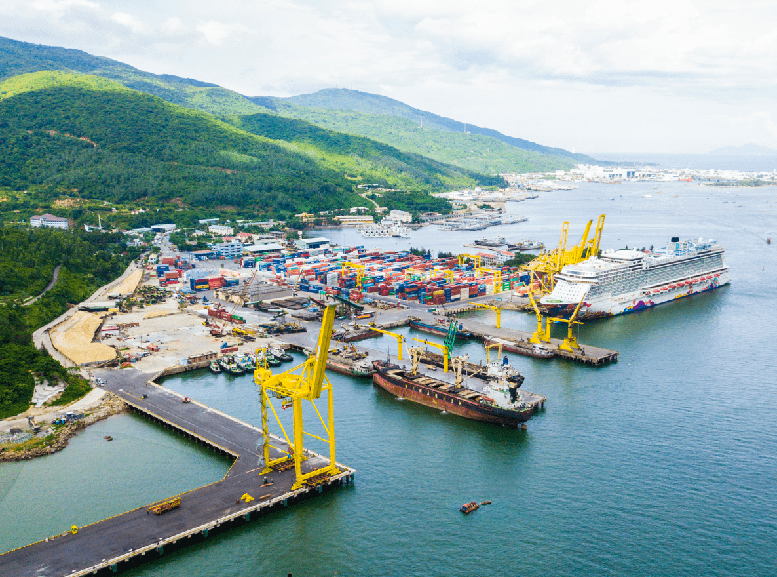
Exports are expected to set a new record
In 2024, Vietnam's economic growth will rely on a "triumvirate", which are also three growth drivers: Export of goods in the context of gradually increasing global aggregate demand; disbursement of public investment capital, maintaining macroeconomic stability to create confidence and motivation for foreign investors to disburse FDI capital; and domestic final consumption.
In the first 9 months of 2024, international trade in goods played an important role in promoting economic growth. Total export turnover in 9 months reached 299.63 billion USD, up 15.4% over the same period last year.
The picture of goods export in the first 9 months of the year has a fresh color, that is, the growth rate of goods export turnover of the domestic economic sector reached 20.7%, much higher than the growth rate of export turnover of 13.4% of the FDI sector.
Except for the fluctuation in the export turnover of goods in the first three months of 2024 due to "seasonal" factors, the picture of our country's export of goods in the first 9 months left a strong impression with the average export turnover in the following months being higher than the previous months.
The average monthly export turnover in the first 9 months of 2024 reached 33.29 billion USD, 1.52 billion USD higher than the average monthly export turnover in the first 6 months of the year. If the export turnover of each month is maintained higher than the previous month in the fourth quarter of 2024, the total export turnover of goods in 2024 is estimated to set a historical milestone of about 400 billion USD, surpassing the 371.82 billion USD mark of 2022.
The trade balance of goods in the first 9 months of 2024 had a trade surplus of 20.79 billion USD, down 0.53% compared to the trade surplus of 20.9 billion USD in the same period in 2023; of which the domestic economic sector had a trade deficit of 17.38 billion USD; the foreign-invested sector had a trade surplus of 38.17 billion USD.
In the first nine months of 2024, the total export turnover of services is estimated at 17.4 billion USD, up 18.8% over the same period in 2023, of which tourism services reached 8.8 billion USD (accounting for 50.6% of total turnover), up 33.4% over the same period last year; transportation services reached 4.9 billion USD (accounting for 28.1%), up 7.9%.
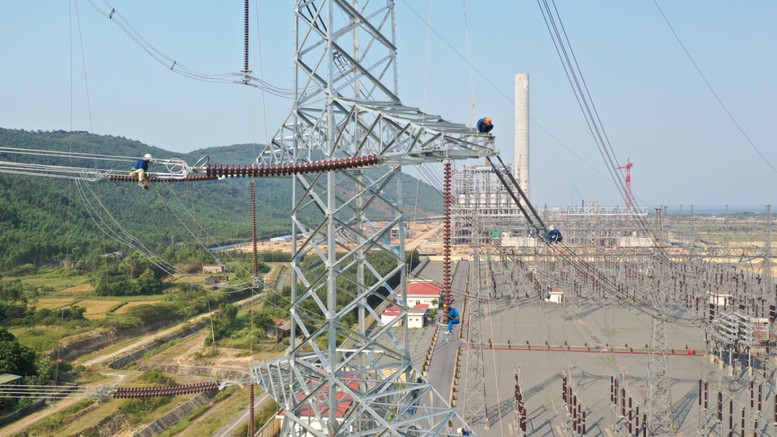
New approach in public investment
The bright spot in directing the disbursement of public investment capital is the drastic direction, handling of overlapping shortcomings in the legal environment; with innovative thinking, different methods and approaches of the Prime Minister and local leaders.
The 500kV line 3 Quang Trach - Pho Noi project has shortened the construction time from 3-4 years to 7 months. This is a vivid example of resource concentration, attention to direction, improving the efficiency of public investment capital, creating spillover and attracting investment from capital sources of the economy. The success of the project is a testament to the ability to overcome all difficulties with high determination, sense of responsibility of the political system and consensus of the whole people.
However, according to the Ministry of Finance, the estimated disbursement of public investment capital in the first 9 months of 2024 only reached 320.56 trillion VND, reaching 47.29% of the plan assigned by the Prime Minister.
Meanwhile, in the first 9 months of 2024, realized non-state investment capital reached 1,336.9 trillion VND, accounting for 55.3% of the total realized social investment capital, up 7.1% over the same period last year. Thus, disbursement of non-state investment capital has shown signs of improvement but has not yet fully mobilized its potential for development.
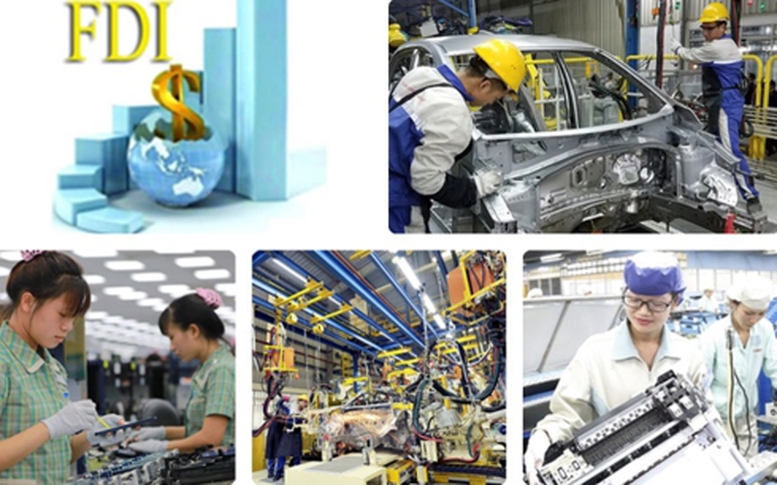
Foreign investment flourishes, ready to welcome new investment wave
Along with taking advantage of the existing advantages of the Vietnamese economy in attracting FDI capital, in recent times, the Government has made decisions to create opportunities and prepare to welcome the new generation of FDI.
Typical examples include the establishment and operation of the National Innovation Center, the development of a strategy for the semiconductor industry, and cooperation with foreign enterprises and partners to achieve the goal of training 50,000 engineers by 2030. The government and localities are also implementing solutions to ensure stable energy and develop renewable energy and green energy.
The number of projects, registered capital of foreign investors, especially FDI capital implemented in the first 9 months of 2024 is a highlight of a turning point in the wave of receiving new generation FDI capital flows. Many large projects in the fields of semiconductors, energy, component manufacturing, electronic products, and products with high value-added content received new investment and additional capital in the 9 months.
In the first 9 months of 2024, 2,492 projects were licensed, with registered capital reaching 13.55 billion USD, up 11.3% over the same period last year; 1,027 projects registered to adjust investment capital with a total registered capital increase of 7.64 billion USD. Realized FDI capital is estimated at 17.3 billion USD, up 8.9% over the same period last year, the highest realized FDI capital in 9 months in the past 5 years, higher than the FDI capital realized in the first 9 months of 2019 - the year before the pandemic.
Along with the disbursement of public investment capital, the Government and localities need to continue to have policies and solutions to implement non-state investment capital, attract and encourage foreign investors to disburse as much FDI capital as possible so that the "investment horse" in the "three-horse carriage" can perform well its role of shouldering, compensating, and supporting the "consumption horse" in the effort to pull the economic growth carriage of the whole year to the finish line with the highest results.
The results of implementing the investment motivation have increased the production capacity and competitiveness of the economy for the coming years. In the first 9 months, accumulated assets at current prices reached VND 2,451.4 trillion, up 6.86%, contributing 36.68% to economic growth.
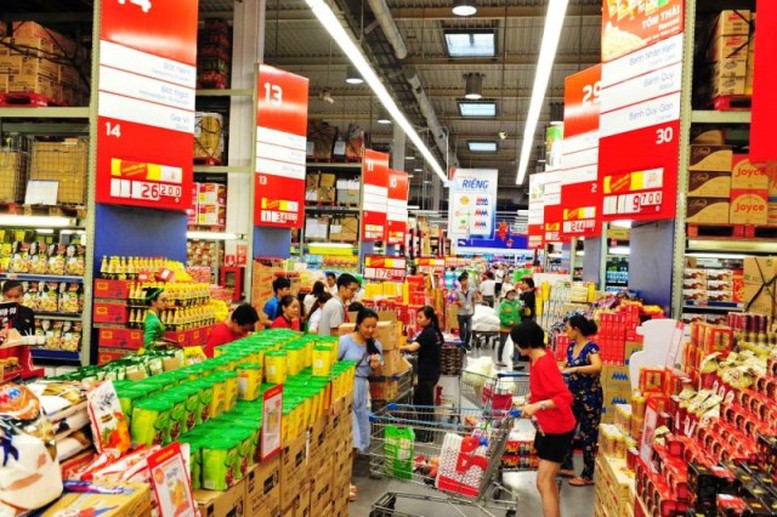
Final consumption - the biggest, most important driver
Final consumption accounts for over 63% of GDP, reflecting the very important role of this driving force in economic growth. In the first 9 months of this year, final consumption of households and the Government increased by 6.18%, contributing 62.66% to the economic growth rate of 6.82%.
However, total retail sales of goods and consumer services revenue at current prices is estimated at VND4,703.4 trillion, up 8.8%, 1.3 percentage points lower than the 10.1% increase in the same period last year. Total retail sales of goods and consumer services revenue at comparable prices increased by 5.8%, 1.8 percentage points lower than the 7.6% increase in the same period in 2023.
This stems from the severe and prolonged consequences of the COVID-19 pandemic, the migration of many workers from industrial zones back to their hometowns...
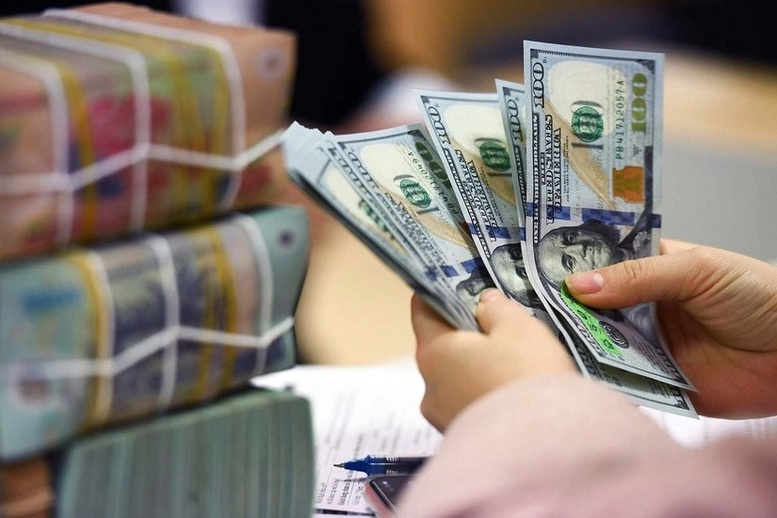
Flexible and appropriate monetary and fiscal policies
Also in the first 9 months of the year, the Government has been proactive and flexible in managing monetary policy, harmoniously combining it with fiscal policy and other policies, in line with economic developments, controlling inflation, maintaining macroeconomic stability, and supporting growth.
The State Bank of Vietnam maintains stable operating interest rates to create conditions for credit institutions to access capital from the State Bank of Vietnam at low cost to support the economy.
From the beginning of the year, the SBV has set a credit growth target of about 15% for 2024, and at the same time assigned all annual targets to credit institutions, flexibly adjusting them in accordance with the actual situation. In particular, the SBV has proactively supplemented credit limits for credit institutions with a credit growth rate of 80% or more of the target announced by the SBV at the beginning of 2024, facilitating capital supply to the economy.
Along with the solution of interest rate and credit management, the State Bank has coordinated monetary policy tools synchronously, flexibly and appropriately managed exchange rates, effectively handled external shocks, stabilized the foreign exchange market, and depreciated the Vietnamese Dong within an amplitude consistent with the general trend of currencies in the region and the world, contributing to maintaining macroeconomic stability and controlling inflation.
The Ministry of Finance continues to implement policies to reduce, extend, and postpone taxes, fees, and land rents to support businesses and people to overcome difficulties, stabilize, and develop production.
With the dynamism of economic entities in production and business, along with flexible fiscal and monetary policy management, the responsibility of the Government, the macro economy is basically stable, inflation is controlled, creating room to adjust prices of some strategic services close to market prices.
The consumer price index in September 2024 increased by 0.29% over the previous month, increased by 2.18% over December 2023, increased by 2.36% over the same period last year, the average inflation in the first 9 months was controlled at 3.88%, core inflation at 2.69%.
Gross domestic product (GDP) in the first 9 months of 2024 increased by 6.82%, of which the agriculture, forestry and fishery sector (sector I) increased by 3.2%. The industry and construction sector (sector II) increased by 8.19% and the service sector (sector III) increased by 6.95%.
Compared to the GDP growth scenario to achieve the target of 6.5% growth for the whole year, sector I increased exactly at the high level in the scenario; sector II increased 1.69 percentage points higher; and sector III increased 0.15 percentage points higher.
The economic growth picture for the first 9 months reflects that the secondary and tertiary sectors have improved, gradually regaining their role as the driving force and driving force of economic growth. The service sector increased by 0.63 percentage points compared to the first 9 months of 2023. However, some service industries with a large proportion in the service sector had a lower growth rate compared to the first 9 months of 2023.
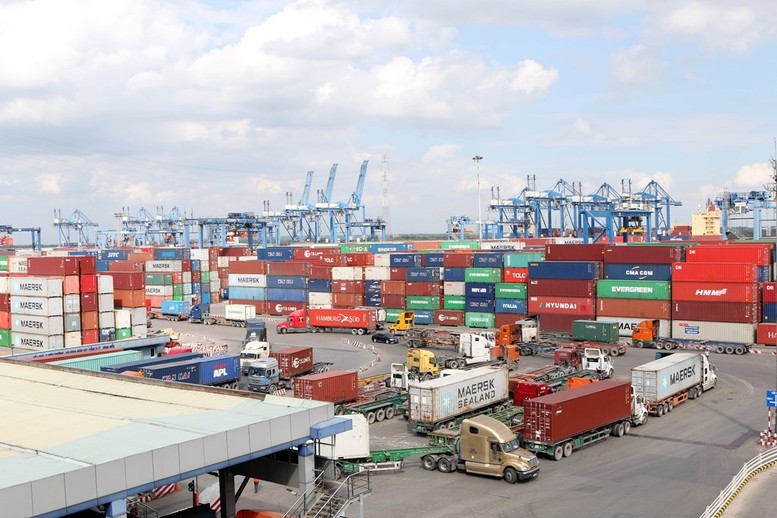
Bringing Vietnam's economic vehicle to the finish line in 2024
2024 is a breakthrough year, of special significance in successfully implementing the 5-year Socio-Economic Development Plan 2021 - 2025, creating momentum and strength for the country to enter the era of national growth.
In the context of the 9-month economic picture with many bright spots, intertwined with difficulties and challenges, the Government and localities are urgently implementing solutions to overcome the consequences of natural disasters, quickly bringing affected businesses and production households back to operation; focusing on promoting and maximizing the effectiveness of growth drivers.
As Prime Minister Pham Minh Chinh has repeatedly emphasized, public investment plays an important role in creating spillover effects, leading and activating social resources for development. In 2024, the Government will allocate VND677.3 trillion for public investment.
Of the three "horses pulling" the economic carriage in 2024, managers can be most proactive in controlling the "investment horse" to promote economic growth throughout the year. Therefore, the Government and localities need to mobilize the participation of the entire political system, promote the sense of responsibility of all levels and sectors, especially the responsibility of the leaders.
In particular, it is necessary to be more flexible in attracting capital sources from economic sectors, not just relying on state capital, so that many component projects of large-scale projects can be implemented at the same time. At the same time, it is necessary to direct and remove difficulties for each large-scale public investment project, related to many sectors and many localities, such as the implementation of the 500 kV line project, circuit 3, Quang Trach - Pho Noi.
Given the importance of non-state investment, the Government needs to have solutions to unblock, attract and effectively use non-state capital for development.
Household and Government final consumption is the largest, most influential and most important driver of economic growth.
The increase in final consumer demand means solving difficulties in finding markets for the business sector, solving jobs for workers, and reducing dependence on global demand. Therefore, it is necessary to continue stimulating consumer demand through tax and social security policies such as reducing personal income tax; reducing VAT with a longer term, higher rate than 2%; stimulating domestic tourism and attracting foreign tourism; increasing promotional campaigns with the goal of Vietnamese people giving priority to using Vietnamese goods...
Along with that are social security policies to subsidize the poor, support social housing for workers, create peace of mind about accommodation, encourage work spirit, to increase the labor rate of the formal sector, create stable jobs to meet the labor requirements of businesses...
To maximize export growth momentum and contribute positively to economic growth, it is necessary to continue implementing fiscal and monetary policies and exchange rate policies to support businesses in increasing supply, reducing costs and improving the competitiveness of Vietnamese goods.
The Ministry of Industry and Trade needs to continue to promote trade, diversify import and export markets; improve the effectiveness of market information work; support businesses to effectively take advantage of opportunities and fully implement commitments from trade agreements to boost exports; at the same time, strengthen propaganda on rules of origin and issuance of Certificates of Origin; focus on building the image of reputable Vietnamese export enterprises.
Businesses proactively seek orders, expand markets, and maintain the trade balance of goods at the highest possible level.
To promote the recovery of the labor supply chain, it is necessary to promote vocational training and skills to meet the recruitment requirements of businesses, while implementing policies and solutions to improve and enhance the lives of workers, such as supporting housing for workers in industrial parks.
In particular, businesses should rearrange production, cut unnecessary costs, proactively raise wages to suit workers' living conditions, and have more attractive care and treatment regimes to recruit enough workers to meet production needs./.
Source: https://baolangson.vn/kinh-te-9-thang-2024-chinh-phu-nang-dong-doi-moi-da-tiep-suc-cho-cac-dong-luc-tang-truong-5024067.html




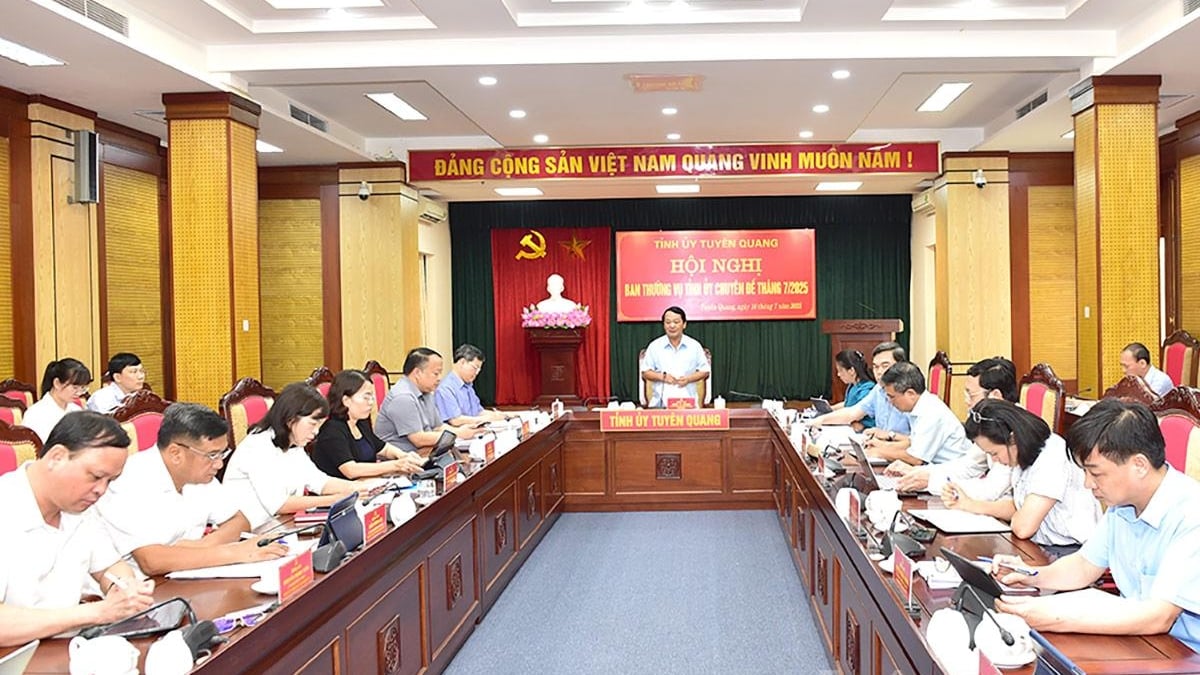


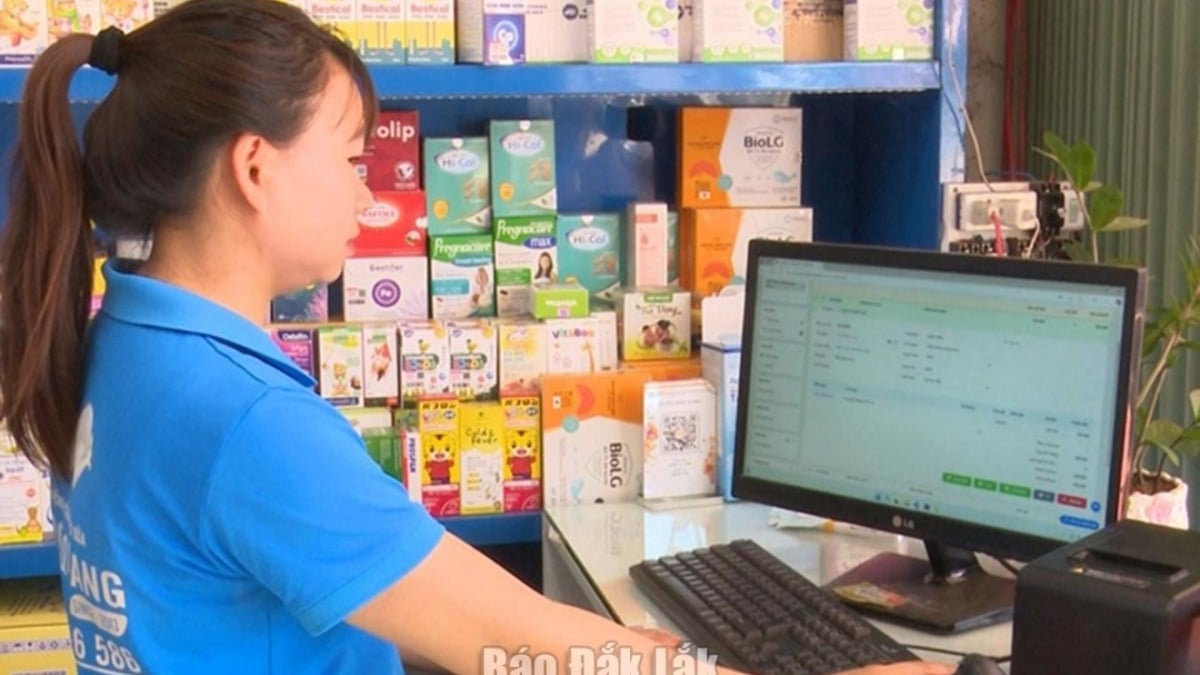

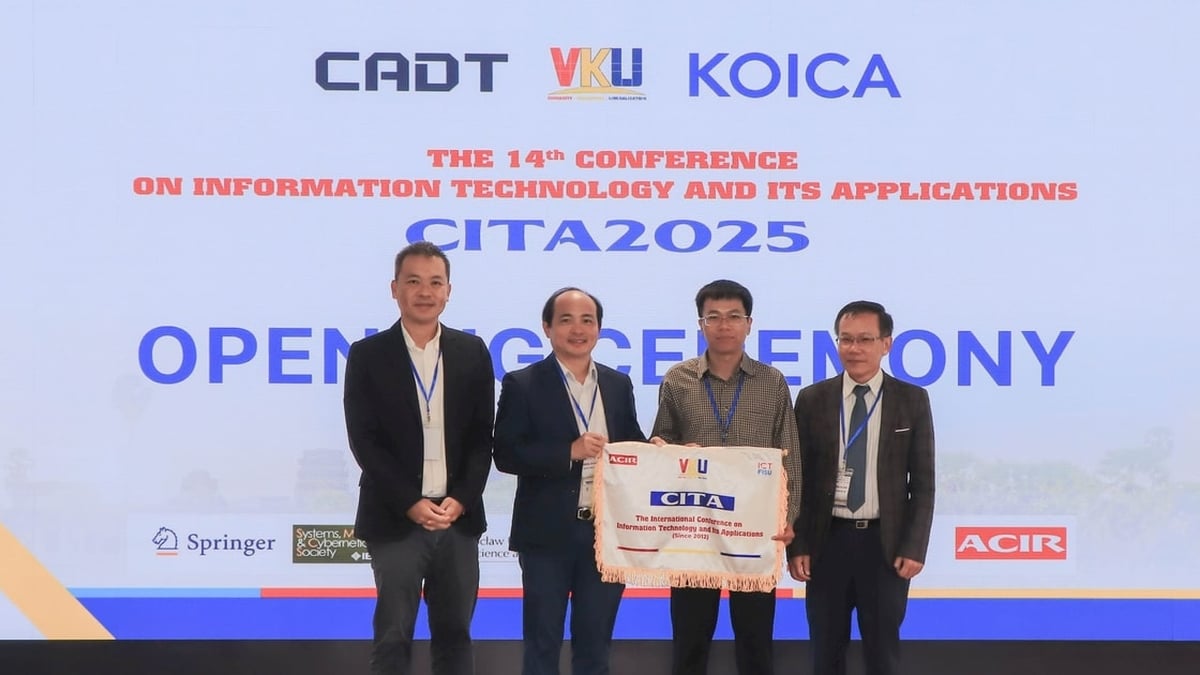
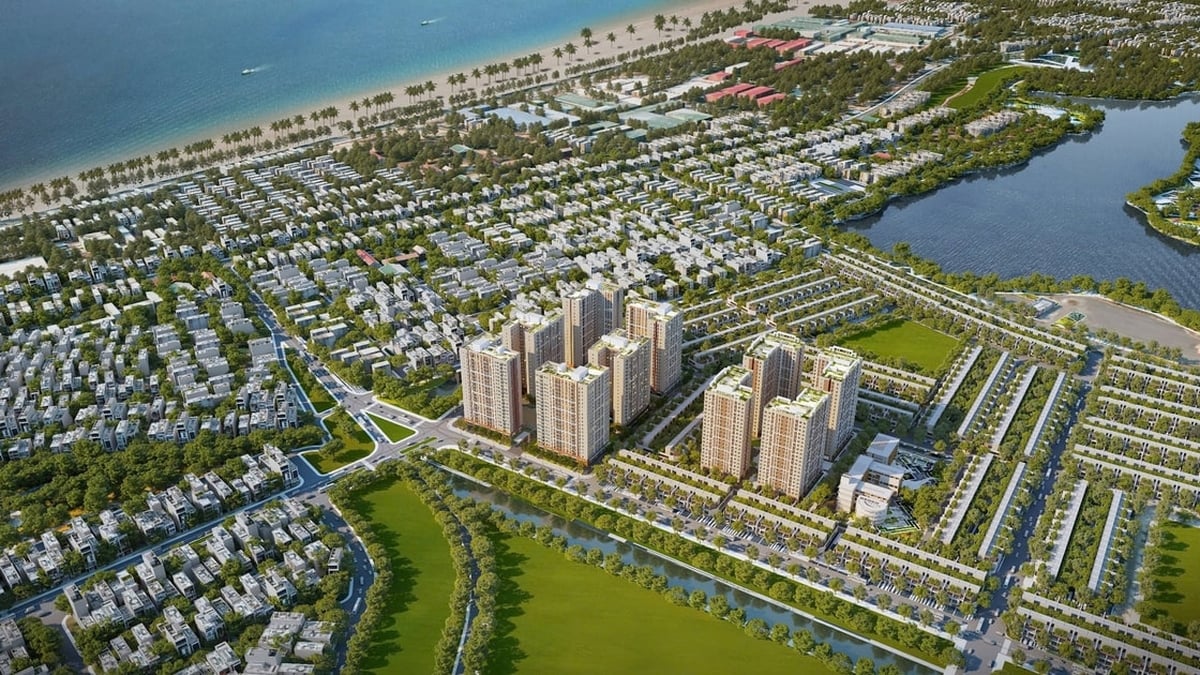
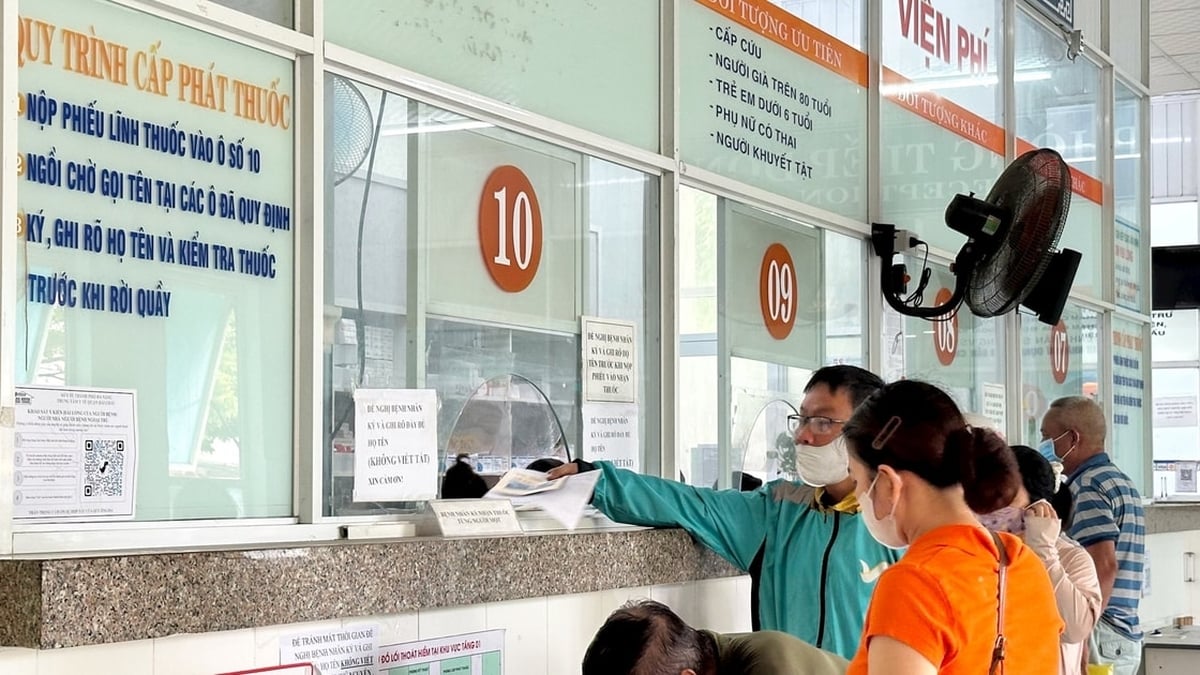








































![[Maritime News] More than 80% of global container shipping capacity is in the hands of MSC and major shipping alliances](https://vphoto.vietnam.vn/thumb/402x226/vietnam/resource/IMAGE/2025/7/16/6b4d586c984b4cbf8c5680352b9eaeb0)











































Comment (0)